QuestionThanks so much for getting back to me so quickly!
I have one more question. Why would he lie on his side at the bottom of the tank? It's actually a glass bowl (not too small).
-------------------------------------------
The text above is a follow-up to ...
-----Question-----
He also swims erratically. I have had him for a month and noticed he's been acting strange for the last 3/4 days. I am afraid he is dying...when i go to feed him he just swims back and forth not even acknowledging the food. I don't see swollen body parts or anything...HELP!
Thanks!
-----Answer-----
Hi there, thanks for writing in...
Hmm, sounds like water quality issues to me, how often are you changing his water? Make sure to use dechlorinator every time you execute a water change. I would do a 60% water change right away. What sized tank is your betta in?
Bowls and other similar containers are not suitable homes for bettas, they need filtration and most importantly, a heater! They like their water to be 78-80 degrees, so unless this is room temperature for you, make sure he has a heater in his water. Hydor makes one that is just 7.5 watts.
If you have a test kit, make sure your levels are 0 ppm for ammonia and nitrite. I suspect strongly that there is ammonia presence in his water. Perhaps because you are not changing enough water twice weekly or overfeeding. 3 pellets a day or a few worms is all your betta needs to eat daily, his stomach is the size of his eye! He won't be interested in food at all if there is ammonia presence in his water, so hold off on feeding until he appears to perk up a bit.
Do a water change, test your water at your local fish store (although it is far, far better to have your own test kit!) and see if this doesn't help immediately. I believe it will. Add aquarium salt at 1 teaspoon per 10 gallons to help keep his immunity up. The salt doesn't evaporate, so only replace it when it is entirely removed by water changes. It's best to dissolve it in warm drinking water and pour it in after it cools, then to add it straight into the tank. Good luck, and check out www.bettacare.com if you haven't already!
Nicole
AnswerHi again!
I'll try to answer your question briefly but with enough detail to be useful to you. When water quality is poor, fish display a certain set of symptoms. Reddening of the gills, rotted fins or red streaking of the fins, missing scales - these are all symptoms of poor water quality. Lying on the bottom and on their side is one of the worst I'm afraid, along with gasping for air at the top. They both indicate the same thing - ammonia and/or nitrite poisoning. Aquarium salts help with detoxification, but the only real solution is to bring the water quality up by diluting the pollution in the tank. Even clear water may be rich in nitrogenous wastes and toxic to fish. Water doesn't have to be visibly dirty to be unhealthy. Clear water simply means that it is free of suspended particles, although it is indeed true that cloudy water is a sign of ammonia and/or nitrite presence.
A test kit will help you to monitor the water quality, since it is difficult to interpret otherwise. (Just one of the reasons why fish are, in a way, more challenging than furry pets!) The liquid ones are more reliable and a better value than the strips, although a little more costly at first.
Do that water change ASAP with fresh dechlorinated water! Gravel or sand is the subtrate you should be using, because glass marbles or just the bare bottom of the fish bowl are not going to be hospitable to the beneficial bacteria that aquarists encourage to grow in their aquariums.
These bacteria (nitrobacter and nitrosomonas) are all part of the nitrogen cycle, they consume raw waste - ammonia - and turn it into nitrite, a less toxic form. Nitrite is then converted to nitrate, the end product of the nitrogen cycle. Nitrates should remain under 20 ppm, but it's difficult to get that "cycle" going when there is nowhere for the useful bacteria to colonize! If you do decide to keep your betta in a bowl, add some gravel (natural is best, not epoxy coated) and a floating plant such as hornwort. It will act as a natural filter, absorbing wastes as it rapidly grows.
Take care!
Nicole

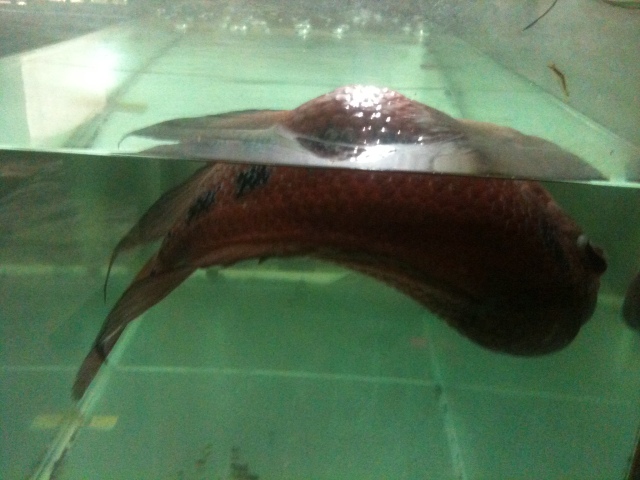 Flowerhorn bloating stomach
Question
Flowerhorn Bloated Sto
It has been 2-3
Flowerhorn bloating stomach
Question
Flowerhorn Bloated Sto
It has been 2-3
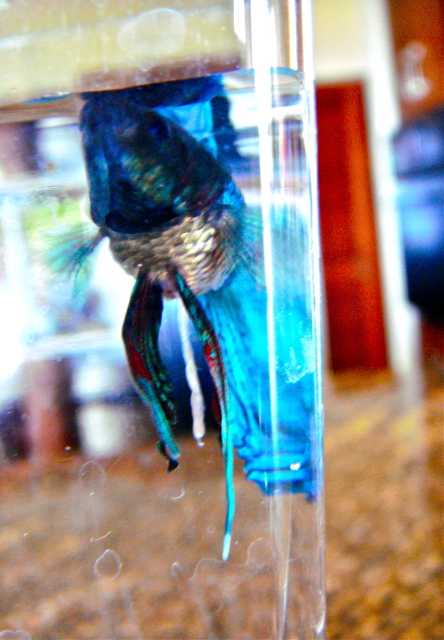 Sick Siamese Fighting Fish
Question
Hi. I have a male Siamese Fighting Fish
Sick Siamese Fighting Fish
Question
Hi. I have a male Siamese Fighting Fish
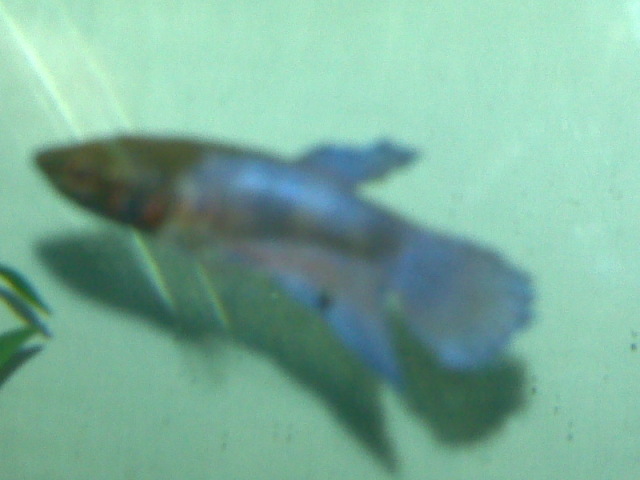 Betta fish: Very sick
QuestionBetta Fish
QUESTION: I have one female b
Betta fish: Very sick
QuestionBetta Fish
QUESTION: I have one female b
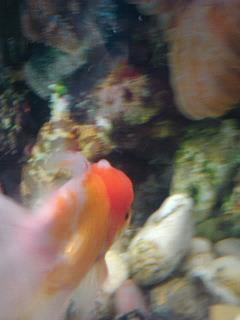 Oranda goldfish
Question
The bump Side view
Hi, I have 1 o
Oranda goldfish
Question
The bump Side view
Hi, I have 1 o
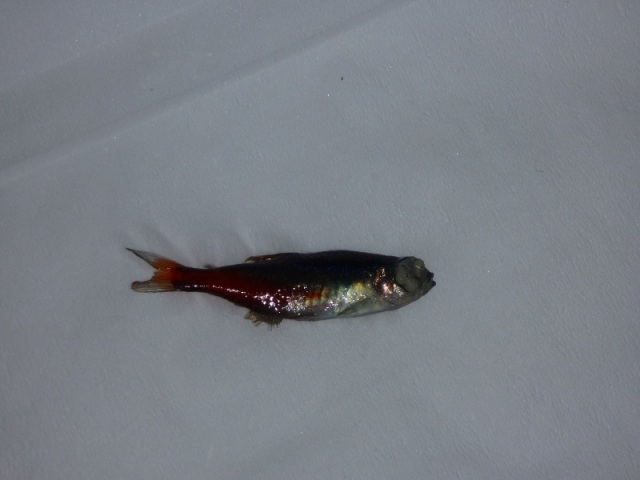 Neon tetras getting sick.
Question
tetra
Hi there,
Ive wanted to ask this questio
Neon tetras getting sick.
Question
tetra
Hi there,
Ive wanted to ask this questio